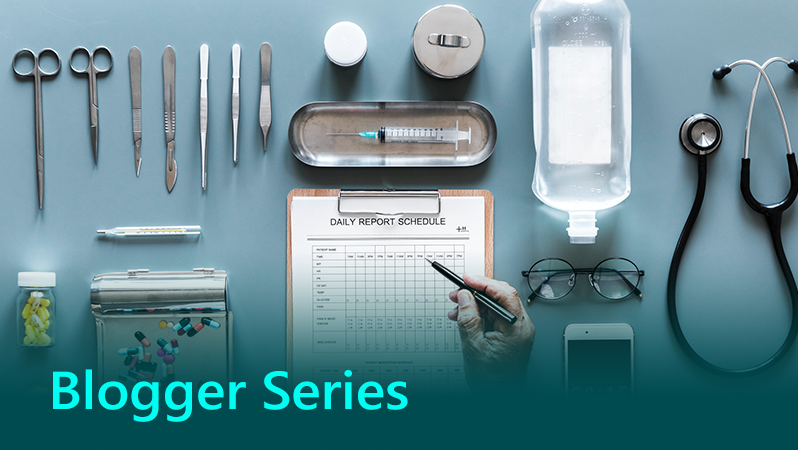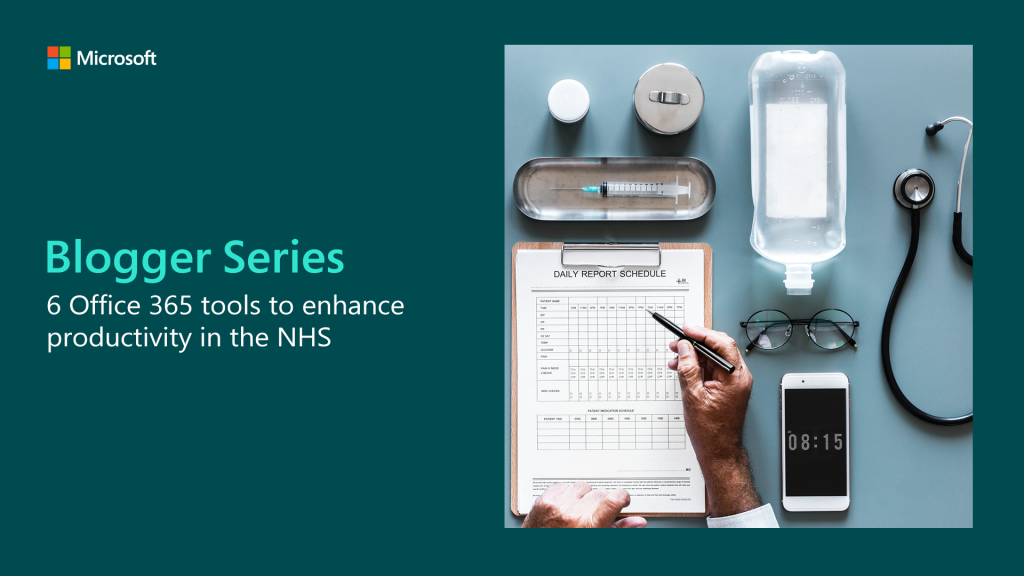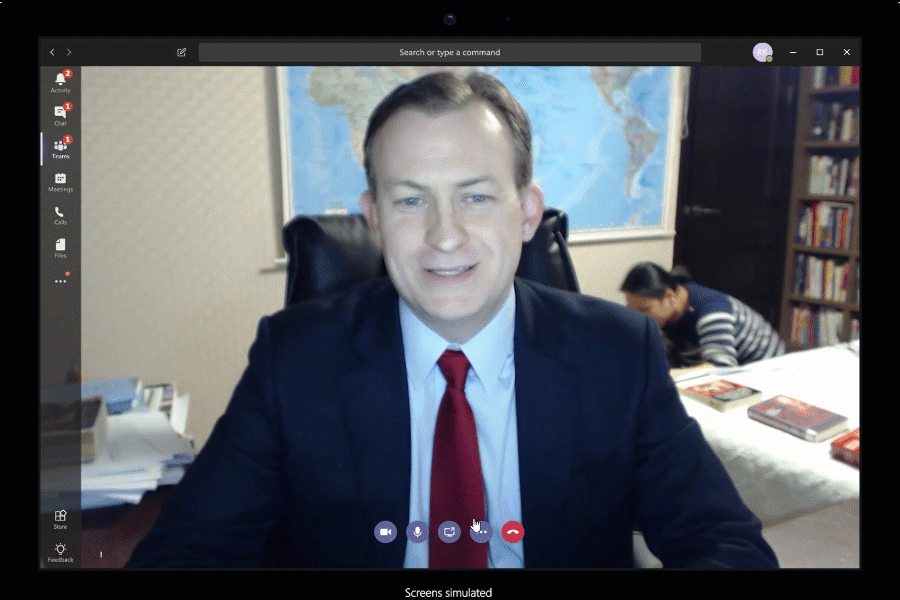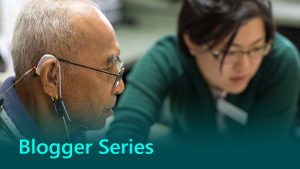
6 Office 365 tools to enhance productivity in the NHS

Every day a new headline hits the frontpages about the NHS. Whether it’s the impending A&E winter crisis, waiting times, or staff shortages that cause nurses to spend 70 percent of their time on basic tasks and paperwork instead of with patients.
All the headlines highlight one thing: the need for more time. Time is precious, and when it comes to healthcare, every second counts.
There are numerous ways AI can help with task automation, predictive modelling of patient flows, or automating patient services with chatbots which can provide that valuable commodity of time.
Sometimes implementation can be challenging, especially when dealing with outdated data structures and silos. Often, we need a quick win – an easy place to start so people can see the benefits of new technology. That’s why I wanted to talk about Office 365, which many healthcare organisations have and use already.
Many of you probably already benefit from using Office 365 and we continue to add powerful new capabilities to make you more productive. Microsoft products are built to empower everyone to do more. So where better to start than to share my top tips on how AI infused into productivity tools can really give you back time?
1. Create engaging presentations in Sway
If you need to share information with patients regularly and securely, Sway is a great multimedia tool. Sway allows you to combine text, images, video, and social media into a digital presentation. Shared by a secure private URL or QR Code it’s a bit like a private website built in minutes. Content is easy to add as the AI works in the background work for you, surfacing relevant content as you go.
2. Blur your background
Everyone remembers that iconic video interview when the journalist’s children burst into the room mid-interview. In Teams we’ve introduced Background Blur, a feature that uses facial recognition to blur your background during video meetings. Not only will this cover any embarrassing moments happening in the background, but it’s also very valuable in healthcare when patients or confidential information may accidentally be in view.

“The blur feature has helped us increase our use of video calling as we can ensure fewer distractions and increased confidentiality without worrying about the setting. Clinicians and nurses can join the call without the risk of patients or data being in the background. It’s simple and effective,” says Victoria O’Higgins, Senior Project Manager of Office 365 and eRostering at the Mid Cheshire Hospitals NHS Foundation Trust.
3. Have your meetings on Teams
Multidisciplinary Care Team meetings can take up a lot of time, especially if employees have to travel far to get there. This takes time that could be better spent with patients. When you run these meetings over Teams, not only are you saving time and money, but you also have access to a plethora of tools to help make meetings better.
Record the meeting so anyone who misses the meeting can catch up, or you can playback if needed. Automatic closed captioning and transcripts not only make it easier to gather the important information, but also make meetings accessible for all.
“Hospital board meetings and agendas are matters of public record, and a lot of time is spent by clerical staff listening to dictaphone recordings, or short handwritten minutes deciphering who is talking and reconstructing the conversation to ensure that this accuracy is maintained,” says Victoria. “Meeting scripting allows staff to quickly move to sections within the recording or have outline minutes to see who said what, meaning a reduction in the time taken to produce these key documents.”
4. Secure chat
Consumer chat apps are my bugbear in the NHS. I understand why they’re used, as it’s sometimes very hard to communicate across the siloed systems quickly. But it’s important to ensure all data is secure – especially where images or patient data is concerned.
Teams is a great option for the NHS. As well as being secure, auditable, and signed off for sensitive data in the NHS, there are two new secure messaging features with particular relevance in healthcare settings—image annotation and priority notifications.
5. Turning images into data
This next tool is fantastic for the NHS Trusts who are transitioning from paper to digital. A lot of data is still put in on traditional paper forms by healthcare practitioners when they’re visiting patients. Practitioners then have to copy this data into spreadsheets when they arrive back at the Trust – doubling the work. New image recognition capabilities in Excel mean you can now take a picture of that paper data and turn it into an Excel spreadsheet, making data entry as easy as taking a picture!
6. Automate design
Nearly all NHS employees are familiar with PowerPoint and Excel, but why spend a long time making your presentation to the management stand out when there are more important patient duties to do? Design Ideas is a new feature that follows along as you create a document and makes intelligent suggestions.
In PowerPoint, Ideas recommends designs, layouts, and images making a basic slide look professional in one click. In Excel, Ideas recognises trends, suggests charts, and identifies outliers in your data for you. Also, it’s a simple way to ensure your presentations and information are accessible for all.
There are many ways that AI is working for us in the background while empowering us to be more productive. AI can assist everyone in healthcare by not only giving us more time to spend on what’s important and out of the back office, but ultimately helping save money in productivity, resources, travel and ultimately time.
Find out more
Maximising the AI opportunity
Healthcare, AI, data, and ethics
 About the author
About the author
Kelly is the Healthcare Industry Manager at Microsoft UK, working with transformational digital partners and NHS customers to pilot solutions for collaborative working and empowering everyone to do more. She has 15 years’ experience working alongside the NHS, and is passionate about the power technology has to create positive change in healthcare.




